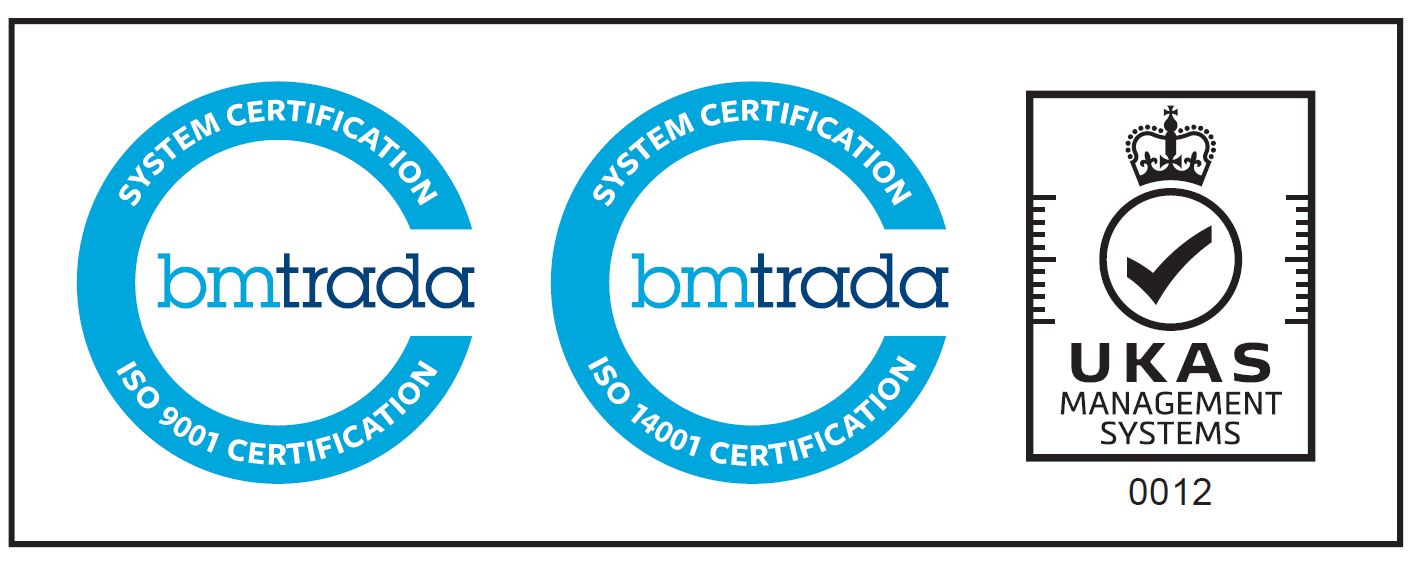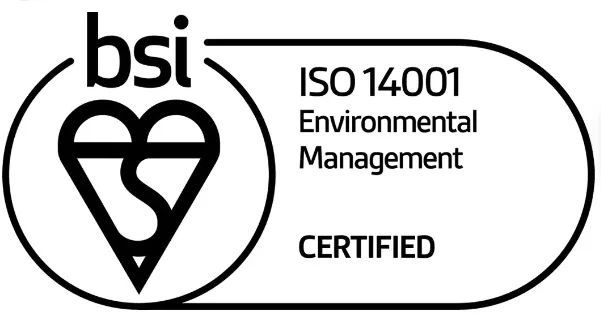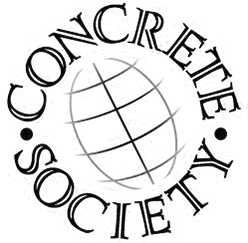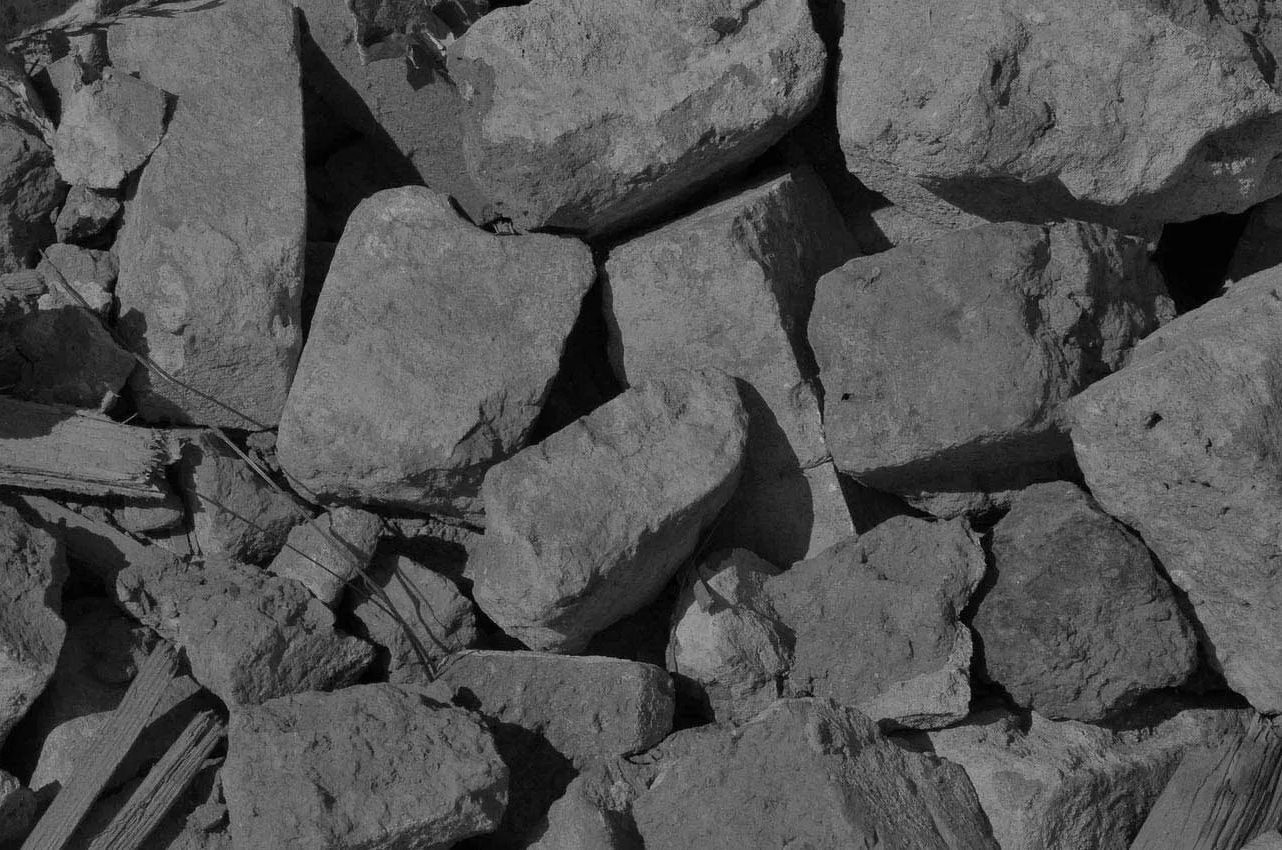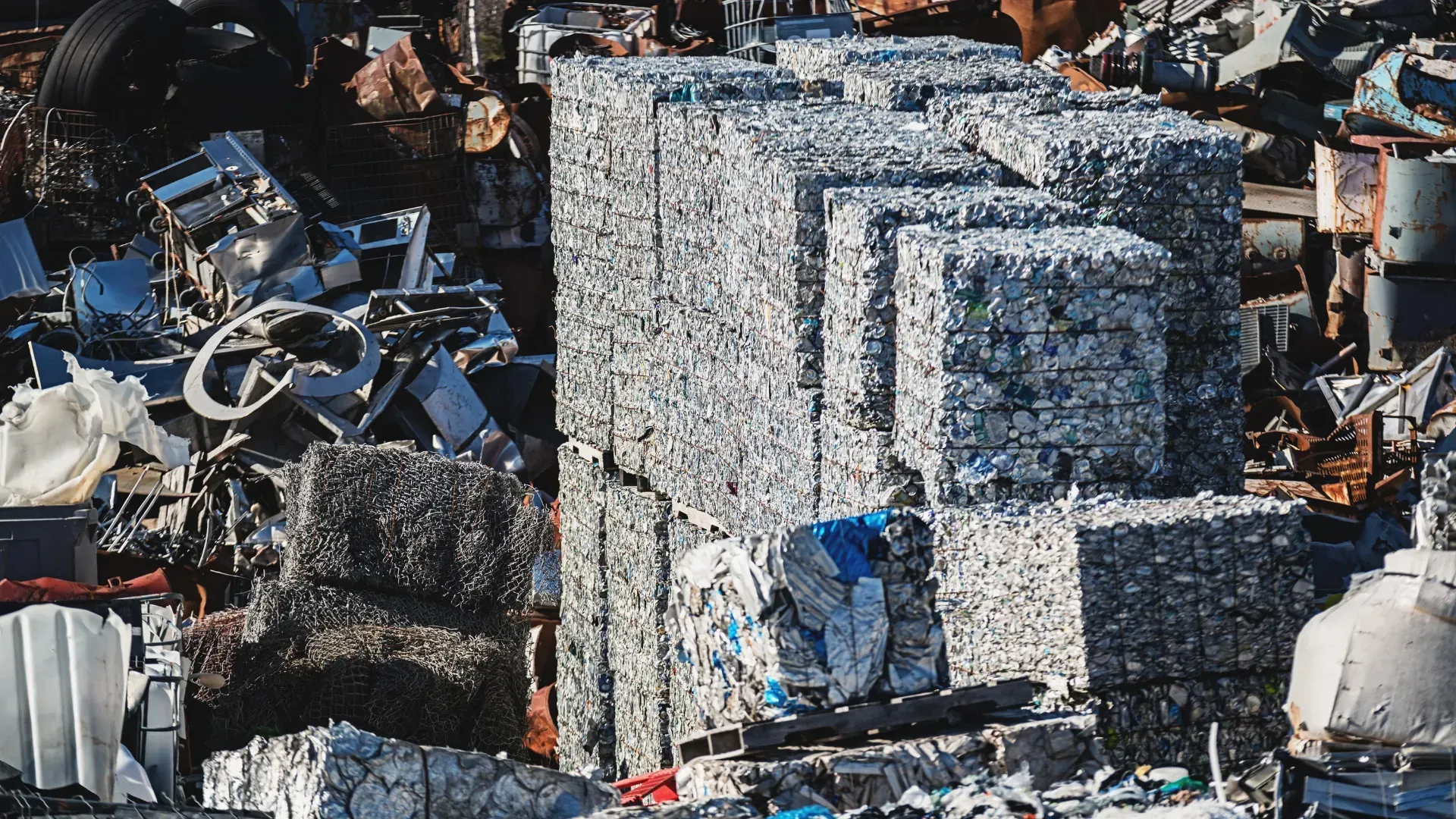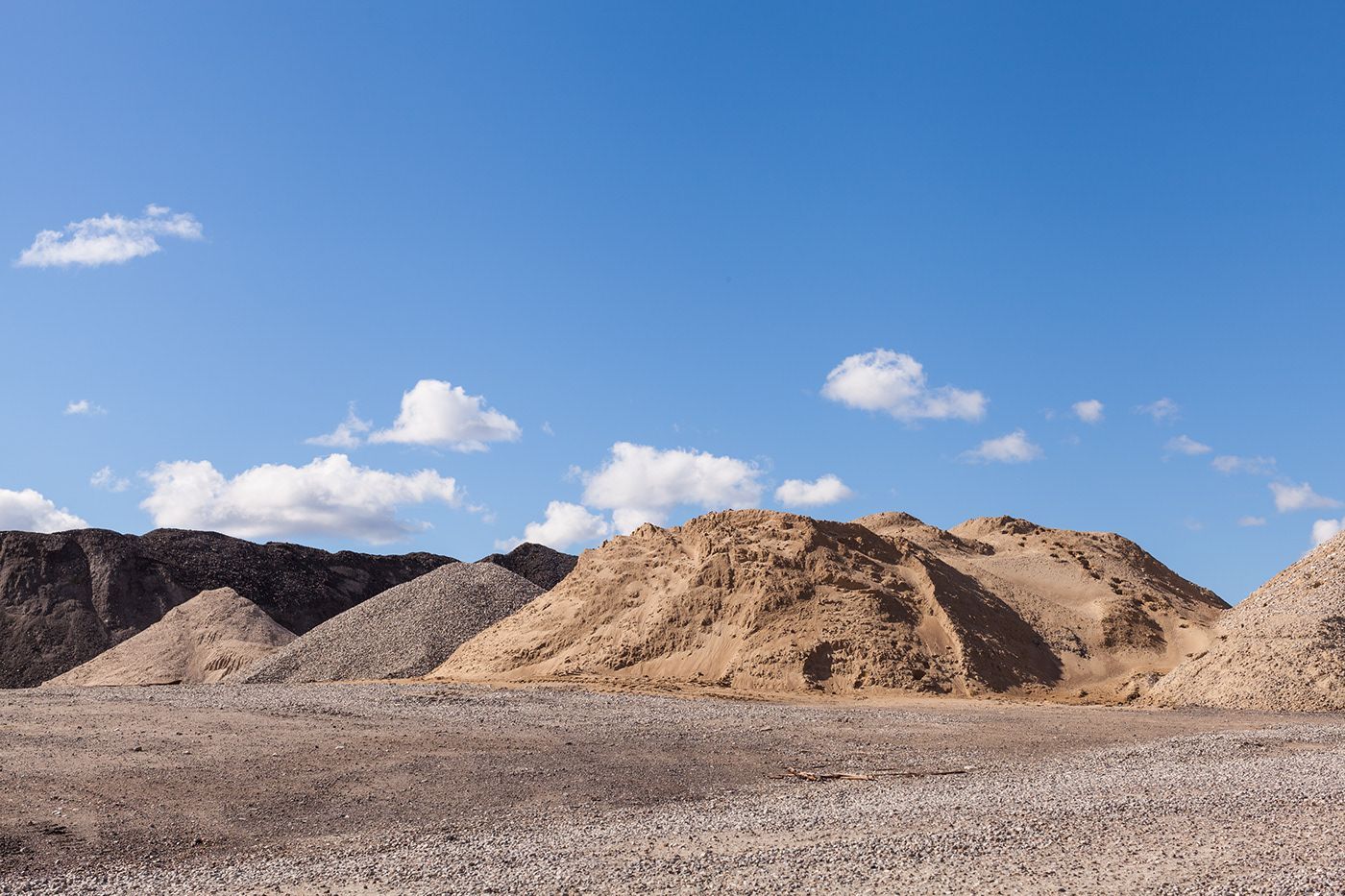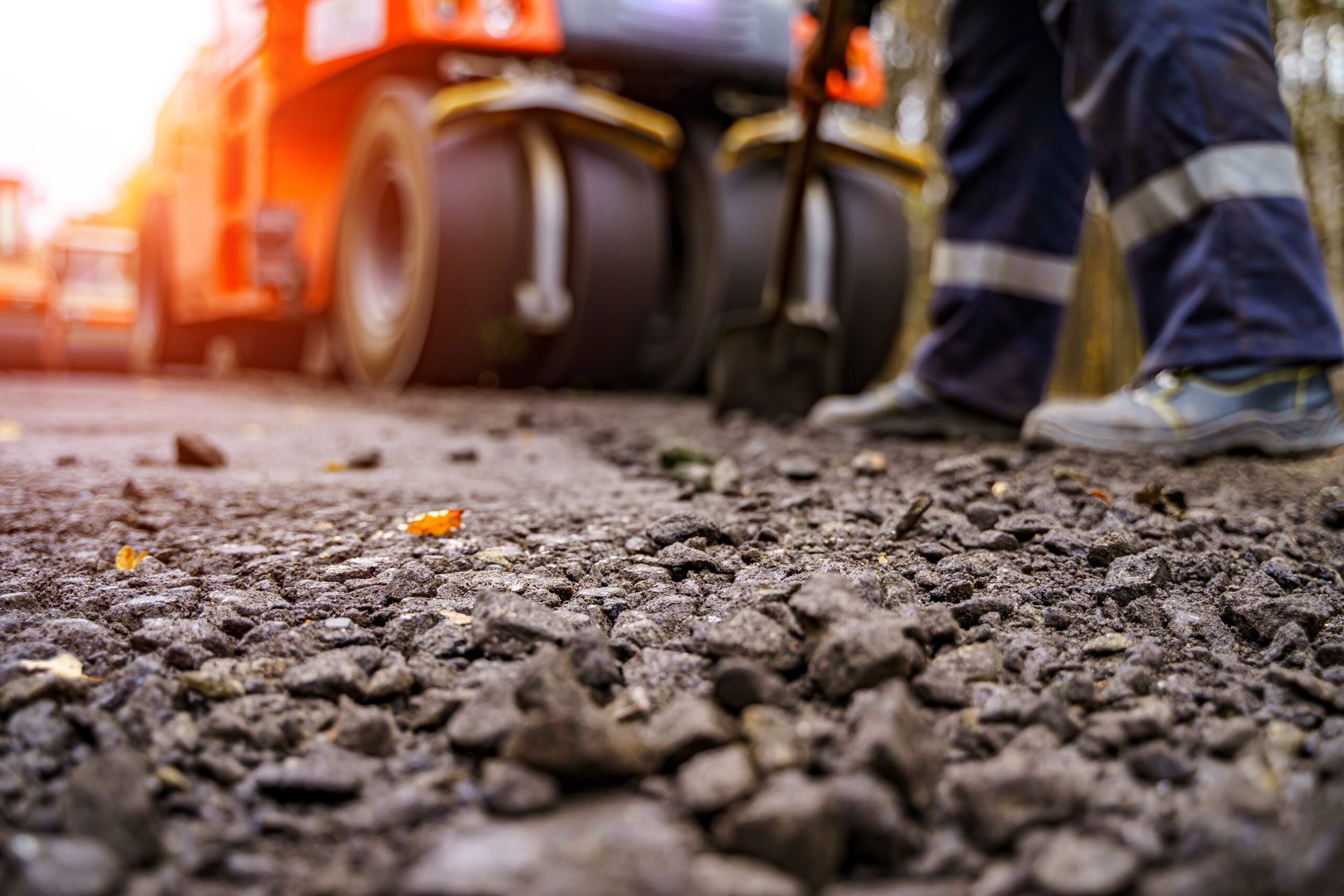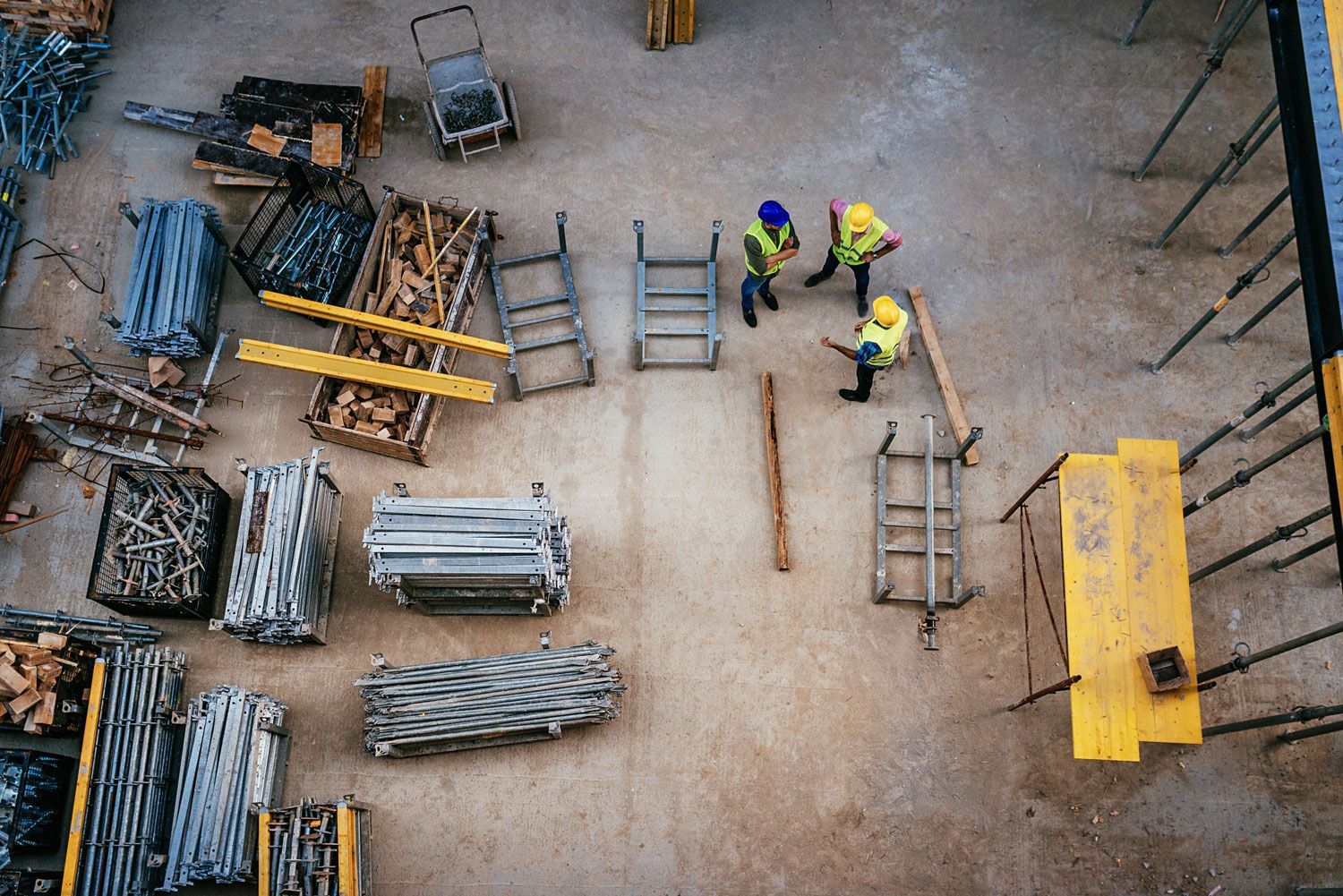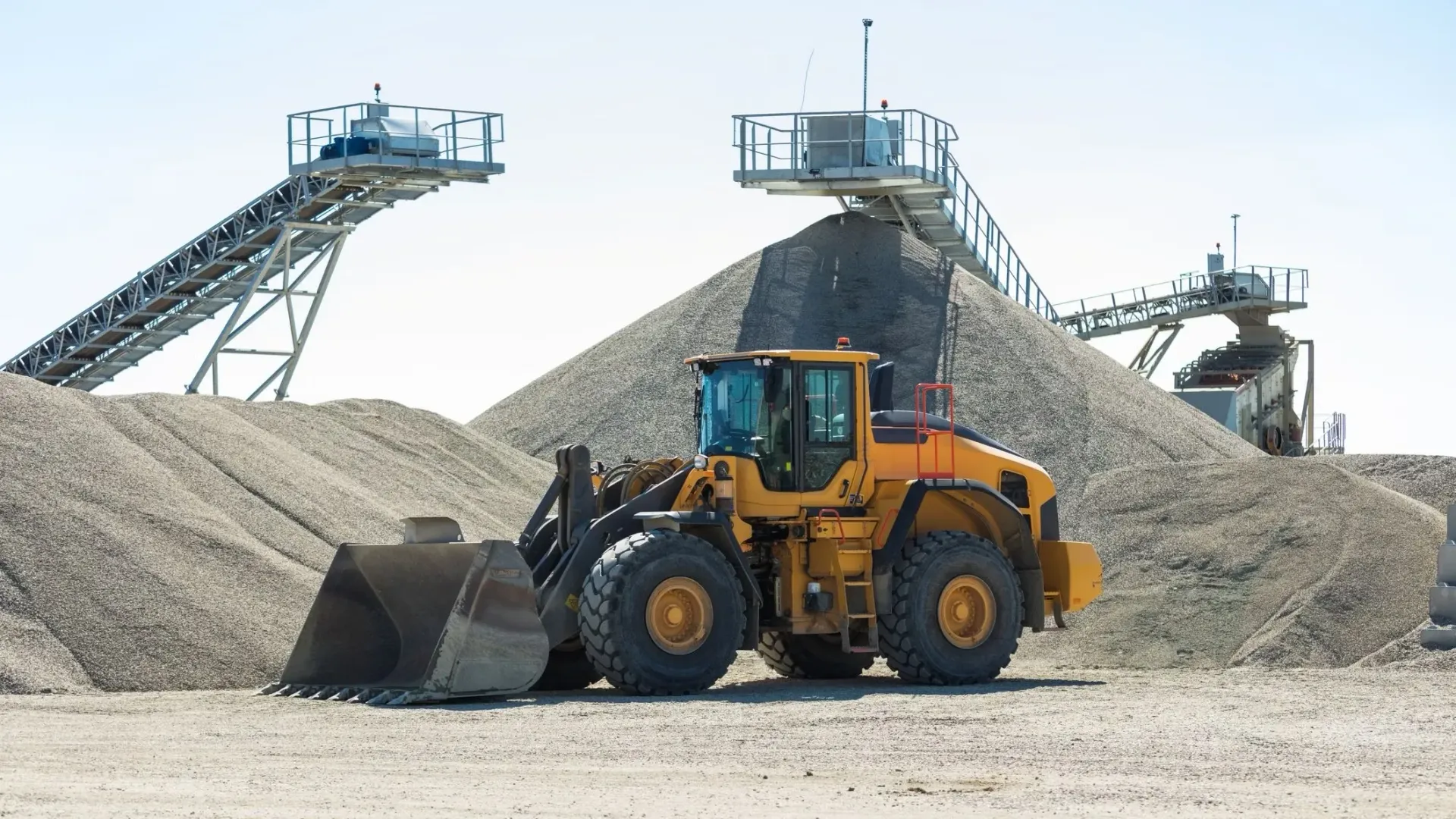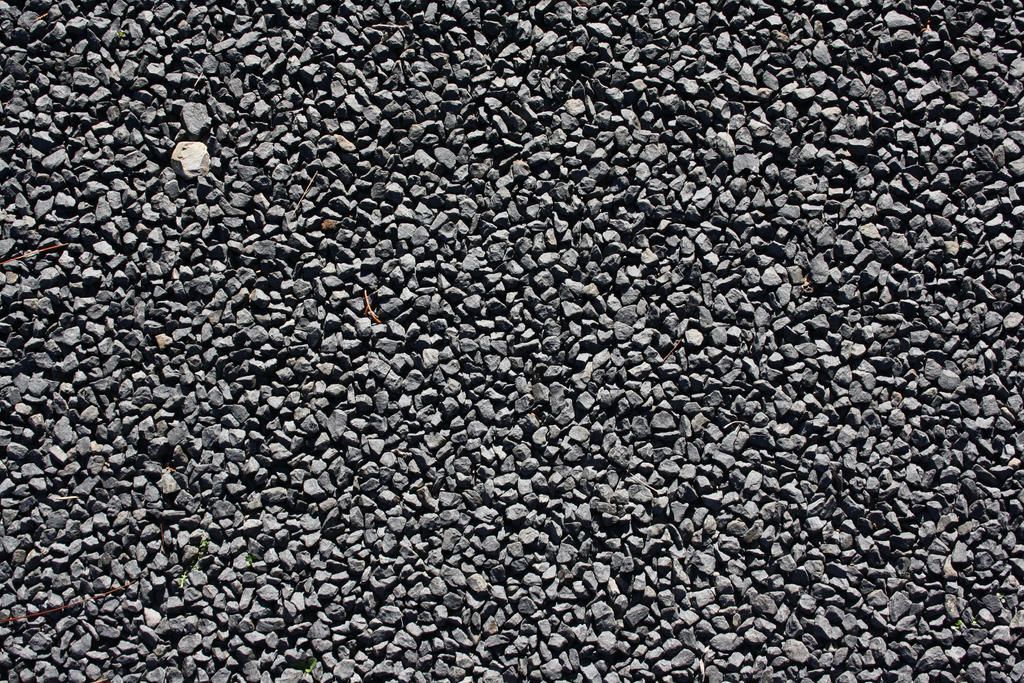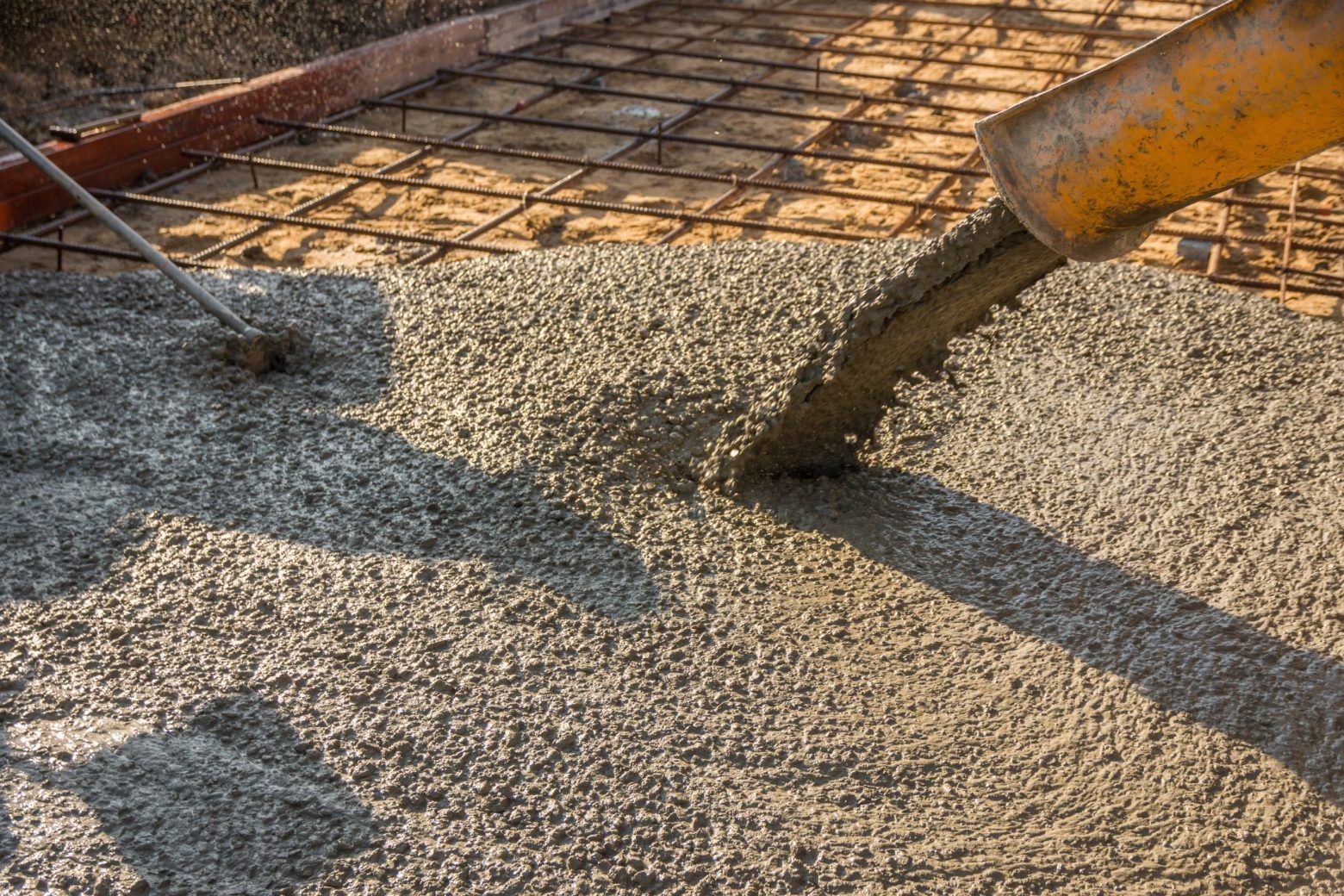The Impact of Landfills on Our Environment
The use of landfills can cause great impacts on the environment around us. In order to understand these impacts and the changes we can make to lessen them, we need to understand what a landfill is and how it works.
Let's dive into why landfills can negatively impact the environment and how can we as individuals and businesses lessen our impact and protect the environment.
What is a Landfill?
Landfill sites are something that doesn’t just exist in the UK, but also around the world. A landfill site is where waste that is not recycled or reused ends up. There are a few different types of landfills, but the two most common are ones that practice either land raising or landfilling. Land raising is when they pile the rubbish in large piles on the ground. Landfilling is when a hole is dug and filled with rubbish.
What Types of Waste End Up in a Landfill?
The rubbish that ends up in landfills is typically household waste, construction waste and commercial waste. Often, a large portion of it could be recycled or reused with a little bit of effort.
Household waste includes things like food, paper, cardboard and plastic or tin packaging. Construction waste is a mix of anything that might be left over from a construction site including scrap wood, cement discard, brick rubble and drywall leftovers. The commercial waste can vary from office rubbish, bulk packaging, paper and even cleaning chemicals and other toxic waste.
Are Landfills Regulated to Protect the Environment?
In more recent years, landfills are designed, operated and inspected to ensure that each site is following the regulations laid out by each area. There are rules around where a landfill can be built in order to protect environmentally sensitive areas.
There are also many monitoring systems in place to ensure that they are being as eco-friendly as possible. Even with these regulations and monitoring, there are still many more things that need to be done to protect our environment.
The Negative Impact of Landfills on Our Environment
Both land raising and landfilling sites have a lot of negative impacts on the environment. The waste that ends up in a landfill breaks down at an incredibly slow rate. This means that the environmental issues that arise from landfills are going to continue to impact the environment for future generations.
Although regulations have now been put into place, any of the older sites that were created before the regulations were implemented will have a huge impact. Newer regulated landfill sites will create less of an impact but are still not ideal. There are three main problems that come from landfills. Those problems are toxins, leachate and greenhouse gasses.
What Are Toxins?
A lot of household items and items used for commercial businesses and construction sites contain toxic substances. Even things that you might not think would have toxins in them, could surprise you. Electronic waste such as computers, televisions and other electrical appliances contain many toxins. Mercury, PVC, cadmium, arsenic, solvents, lead and acid are just a few of the types of toxins that you can find in electronics.
Toxins are particularly bad for the environment because they can leach into the soil and the groundwater and create a pretty massive hazard for many years to come. They do take a lot of time to break down and seep into the soil, but that means that the impacts are felt for years and years.
What is Leachate?
Landfills are laid out in cells and each cell takes almost a year to fill. During that time the contents of the cell are naturally exposed to rainfall. The rainwater filtering through the waste can dissolve and flush out a large percentage of the toxins and creates a foul-smelling liquid known as leachate. In its liquid form, it can pollute land, groundwater and waterways quite easily. Leachate contains many different types of toxins including ammonia and toxic salts.
Rainwater or other water seeping through the waste can speed up the process of toxins getting into the ecosystem. As plastics, like PVC, and electronics break down, they begin to leach toxic chemicals that are quickly absorbed by water and flow into the ground and waterways.
Electronic waste or E-waste is one of the fastest growing waste segments of the world. This is especially true in more developed countries where it is normal to replace electronics with the newest model as often as once a year. Frequent upgrades mean that the older versions quickly become obsolete and have a higher chance of being thrown into a landfill. Because almost all electronic waste is loaded with solvents, acids and heavy metals, this is a quickly growing issue for the environment.
Depending on where the landfill is located and how large it is, the rainfall from one year can easily produce multiple Olympic-sized swimming pools worth of leachate each year. One of the safety measures to deal with leachate at landfill sites is to collect it and recirculate it into the landfill cells in order to keep it out of the groundwater and soil. Although this can get reabsorbed into the waste as it passes through, more often, it just continues to pick up more toxins with each pass.
What Are Greenhouse Gases?
Greenhouse gasses are the biggest environmental threat that is caused by landfills. When organic materials such as green waste and food scraps are put into the landfill, they are compacted down and covered to keep the smell down as they rot. The process removes all the oxygen and causes it to break down in something called an anaerobic process. This creates a greenhouse gas called methane which is about 25 times more potent than carbon dioxide.
The gases that are released from landfills are around 35-55% methane and 30-44% carbon dioxide. This has a huge negative impact on the environment. Landfill operators try to capture and use the gases to fire a generator which can power thousands of homes.
What Can You Do?
When it comes to reducing the negative impact of landfills on our environment, there are many things that you can do either as an individual or as a company. It’s important to recycle and reuse as much as possible so that things don’t end up in landfills. There are a few ways that you can do this.
Try to buy things in bulk as much as possible. This will reduce the amount of packaging that you will need to get rid of. When you do buy something with packaging, try and look for options with recyclable materials.
Try and mend or repair things that break around your home rather than replacing them. This isn’t always possible, but when it is, it can make a great impact on the environment. When you have something that you are not able to repair or mend, ensure that it goes to the correct recycling plant. There are ones that are specifically designed for more toxic items such as paint, electronics and batteries. By using your local recycling resources, you can cut down on the amount of waste you send to landfills.
When you do have waste to get rid of, sort through and rinse anything that can be recycled. It can take a little extra time out of your day but will be better for the ecosystem. Try and educate people in your company about recycling efforts and make it a priority at work. Often, people who are recycling conscious at work will carry that back to their home which means that by encouraging it in your business, you can affect many households.
When it comes to green waste, if you have the space, create a compost pile where you can dump any food scraps or yard waste. Create healthy compost habits by making sure you mix and turn the pile regularly to allow oxygen in and carbon dioxide out. A healthy compost pile will create little to no methane gas and is much better for the environment. This also means that you will be able to use that rich soil to put back into your garden in the future.
Everyone is able to make a positive impact on the environment by reducing the amount of waste that you send to landfills. If everyone was a little more conscious of the waste they produce and where it should go, it would be a much better world for generations to come.
If you’d like to learn more about sustainable landfills,
WM Thompson & Sons Ltd has the information you’re looking for.
Contact us today to find out more about what we do and how we can help you.
